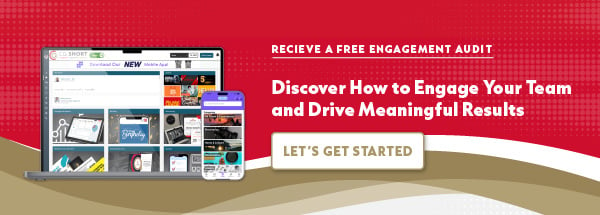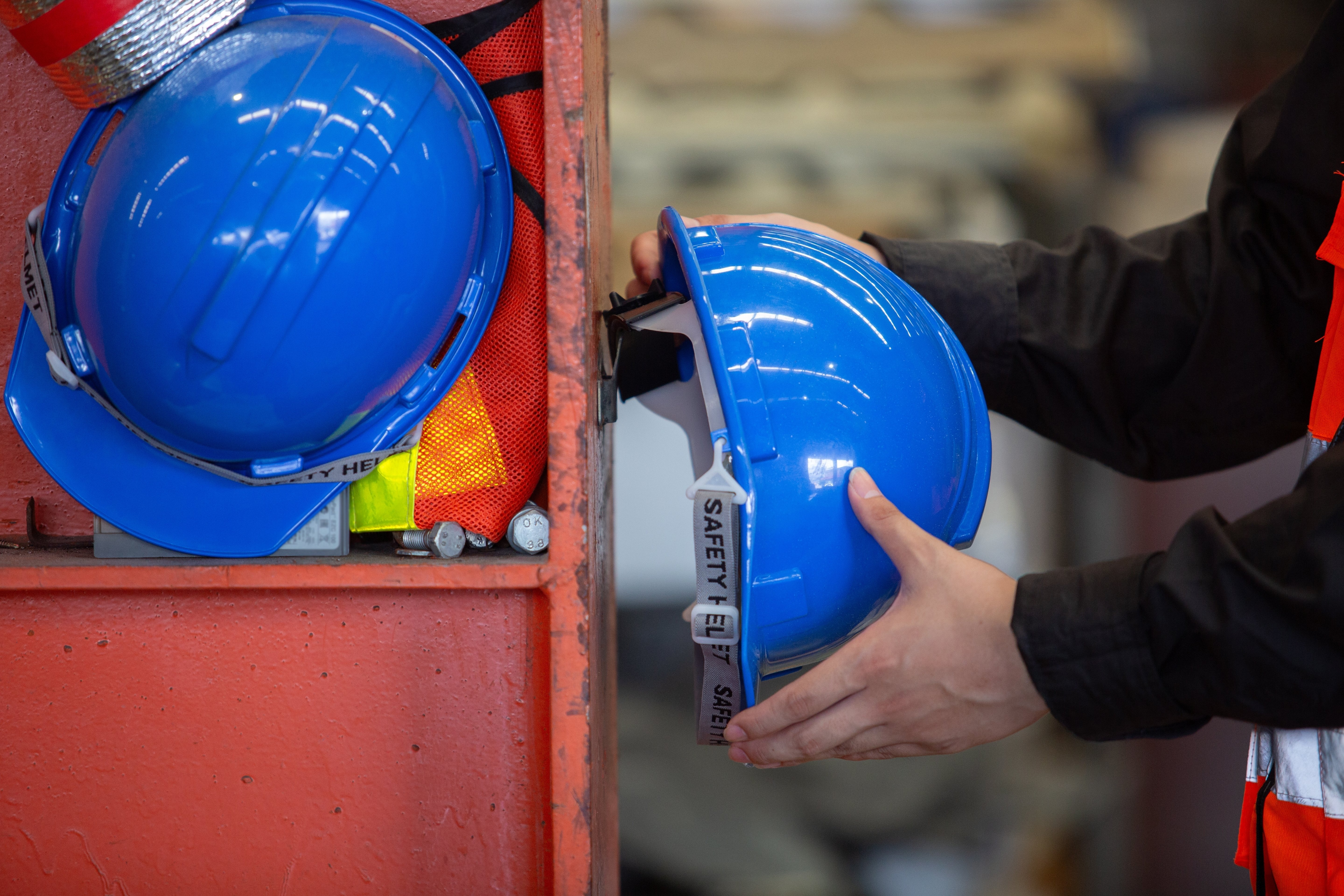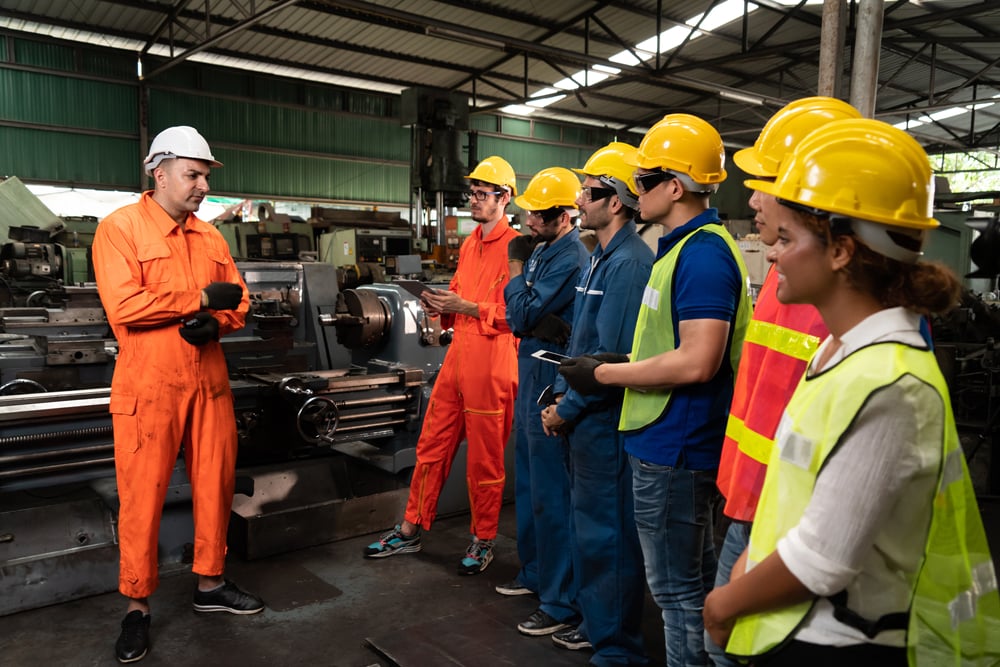Recognition can be one of the most powerful tools for building engagement, but only if it’s done with intention. When recognition lacks structure, it becomes a feel-good gesture rather than a strategic asset. Employees don’t know what is being rewarded, when to expect acknowledgment, or how their contributions are truly valued.
That’s where a structured recognition program makes the difference.
When Recognition Lacks Direction
Unstructured recognition usually starts with good intentions. A manager sends a thank-you email. A peer gives a shoutout during a team meeting. But over time, that energy fades. Without consistency or a clear plan, employees are left guessing.
They may start to wonder:
-
What actually gets recognized here?
-
Is it only certain people or roles?
-
Does anyone notice when I go above and beyond?
This uncertainty leads to disengagement and, eventually, turnover.
The Power of Milestone and Performance Recognition
Take Armorous Security & Investigations as an example. They operate in an industry with more than 300 percent turnover. Keeping employees past 90 days was a challenge. But instead of accepting it as the norm, they chose to do things differently.
Armorous launched a recognition program that rewarded employees for both milestone achievements and job performance. They recognized key service moments starting at day one and continuing through 1 month, 3 months, 6 months, and beyond.
They also recognized the behaviors that mattered most:
-
Living out core values like integrity and professionalism
-
Receiving positive customer feedback
-
Maintaining excellent attendance
-
Meeting safety and uniform standards
Even customers had the ability to recognize officers for great work. And employees were rewarded for referring reliable team members, helping to build a stronger, more connected workforce.
The Results Speak Volumes
Since launching their structured recognition program:
-
Employee tenure increased by 163%
-
22% of new hires came through employee referrals
-
41% of all recognition was tied to core values
This was not the result of sporadic appreciation. It happened because recognition was intentional, consistent, and directly tied to performance and milestones.
Build a Program That Shows Employees the Path Forward
When recognition is built into your culture with clear expectations and visible progress points, it becomes a powerful tool for retention, morale, and performance. Employees know what success looks like and feel valued when they achieve it.
Without structure, recognition is just noise. With it, it becomes one of the most impactful parts of your culture.
Curious what a structured program could look like for your team?
Let’s connect and show you how recognition can drive real results from day one.



.png?width=70&name=Untitled%20design%20(11).png)

.jpg)




SHARE